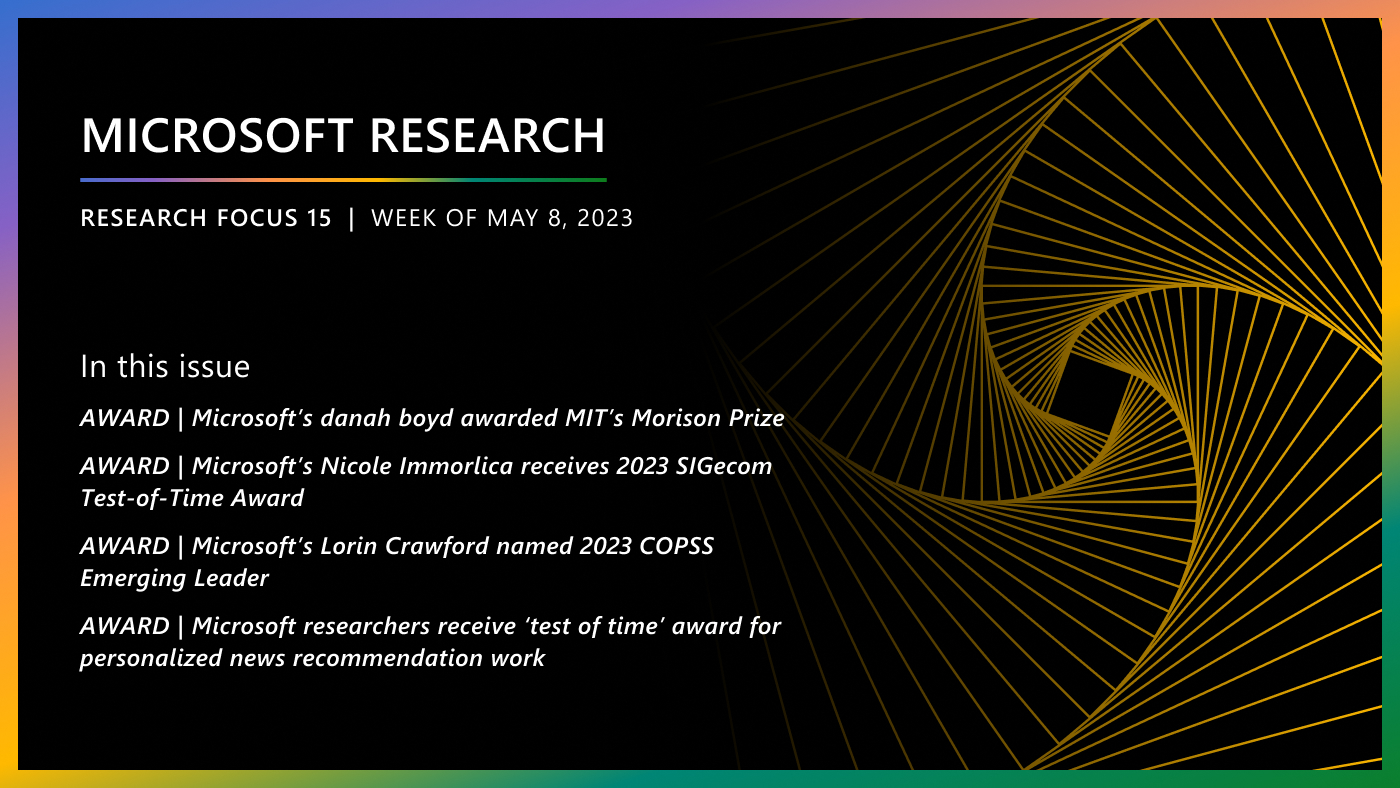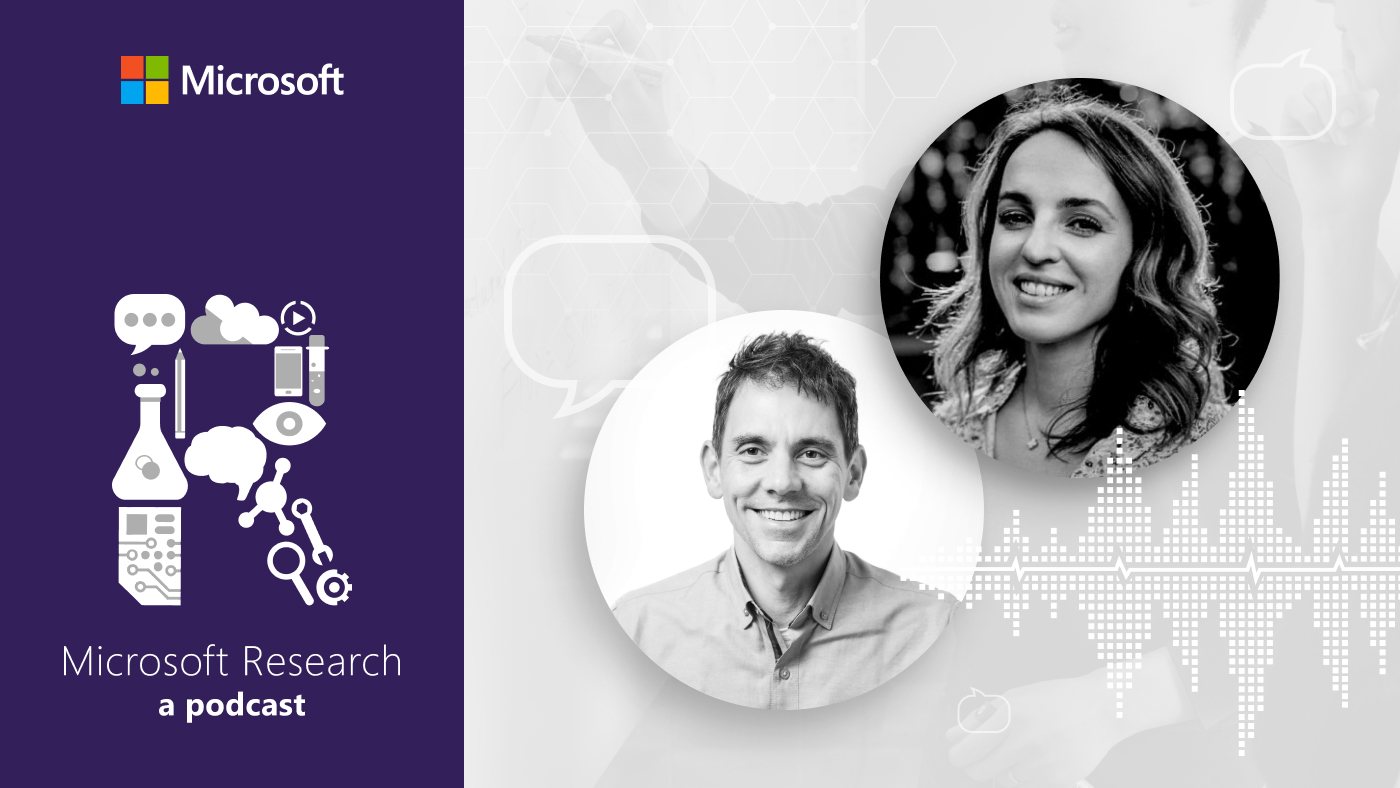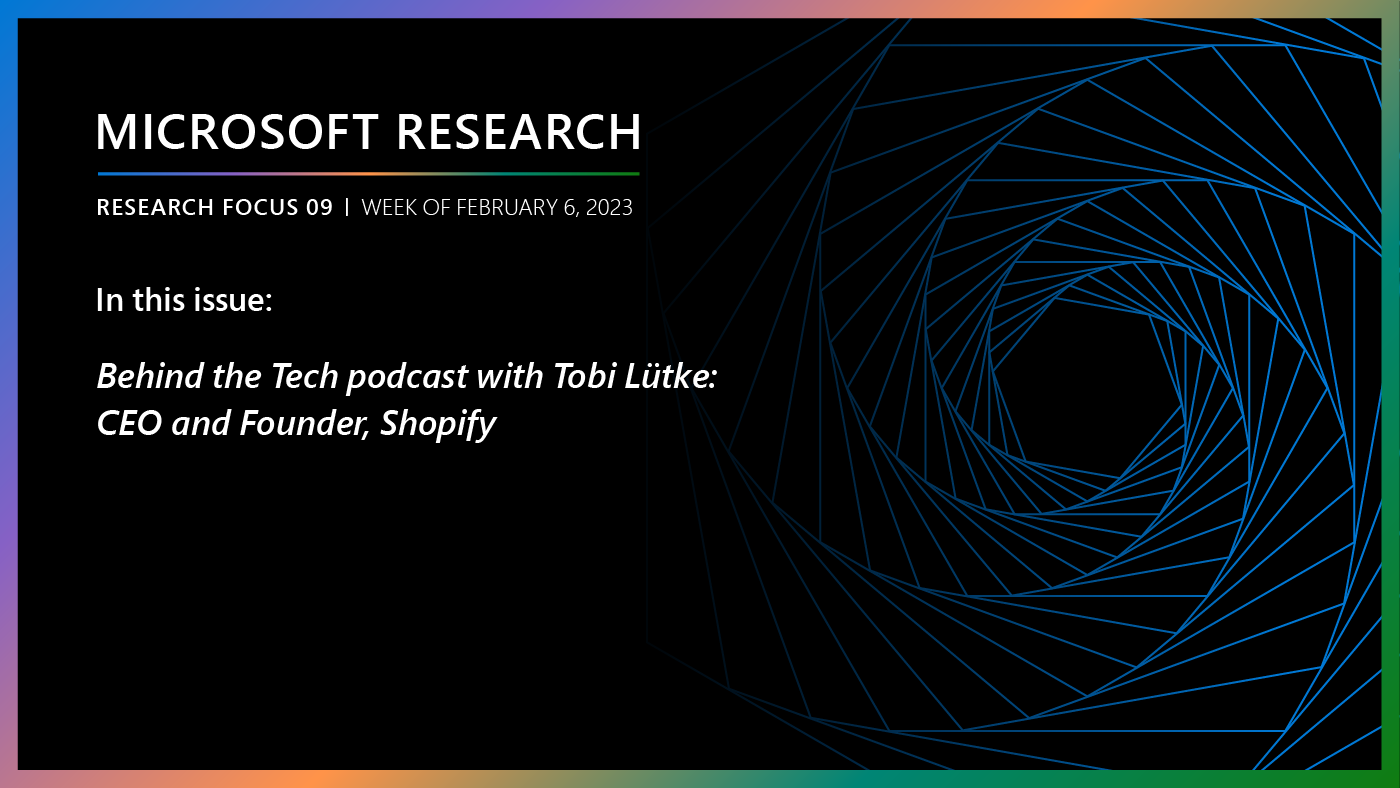By Rob Knies, Managing Editor, Microsoft Research
Since Microsoft Research New England was announced on Feb. 4, Jennifer Chayes, managing director of the lab, based in Cambridge, Mass., has been hard at work along with her deputy managing director, Christian Borgs. Chayes and Borgs moved east from Redmond facing a prodigious challenge: Offices had to be planned and prepared, relationships with the Boston-area academic community had to be forged, and researchers and associates had to be located and secured. The facility, the newest of Microsoft Research’s six labs worldwide, is focused on new, interdisciplinary research that combines computer scientists and social scientists to explore computing and online advances the future will bring, and as they embarked on this new undertaking, the right organizational direction needed to be set.
In February, Chayes and Borgs discussed their plans for their new venture. In the days before the lab’s official coming-out party, the Microsoft Research New England Opening Symposium, to be held Sept. 22 at the Massachusetts Institute of Technology (MIT), Chayes found a few minutes in her busy schedule to outline the progress made thus far:
Microsoft research podcast
Q: How’s life in New England?
Chayes: Life in New England is great. I grew up on the East Coast, and I’ve lived in Cambridge before, so in many ways, it’s like coming home. Of course, I miss my friends and colleagues in Seattle―and the glorious Seattle summers.
Q: How is working on the East Coast different from working in Redmond?

Jaennifer Chayes
Chayes: For me, the biggest difference has been our proximity to universities. We are adjacent to MIT, a seven-minute subway ride from Harvard, and a ten-minute drive from Boston University. We’re constantly having visits from faculty and students, both for seminars and for collaborations. We also frequently run over to see our academic colleagues. It’s led to a tremendously rich and exciting intellectual environment.
Q: How are the new offices working out?
Chayes: The new office space is fantastic. We have glorious views of the Charles River and the Boston skyline, which serve as inspiration for the nonstop collaboration which occurs in that room. Amazingly enough, we’ve already occupied essentially all the space that’s been built for us, and we are doubling up in some offices. It’s time for more space!
Q: Who’s working with you at the lab at this point?
Chayes: Since the announcement of the lab, we’ve hired two new permanent researchers, seven new post-docs, seven interns, and a large number of visiting researchers―and we’ve had dozens of official faculty visitors since the lab opened in July.
All this is in addition to those of us who were already with Microsoft Research: Christian Borgs, Henry Cohn, Butler Lampson, and me.
The two new permanent researchers we hired are Adam Kalai and Yael Tauman Kalai. Adam is a game theorist and learning theorist who works on problems related to economics, and Yael is a cryptographer. They had visited Microsoft Research Redmond a couple of years ago, so we already had strong research ties to them. Since joining the lab, they have engaged deeply with both Microsoft Research and the nearby universities.
Q: What is driving Microsoft Research New England’s focus on interdisciplinary research?
Chayes: I believe this is the time, and Cambridge is the ideal place, for a focus on interdisciplinary research between computer science and many other disciplines―economics, sociology and ethnography, psychology, and biology.
With the vast amounts of data now available, many previously qualitative sciences have become much more quantitative. There is no way to deal with all this data without developing ingenious algorithms that take advantage of both the knowledge of these disciplines and the new developments in theoretical computer science and other hard sciences, such as physics and mathematics.
At the same time, technology and our business models have moved online, which gives us added incentive to understand and facilitate the online experience through the development of new algorithms incorporating insights from the social sciences.
Q: I understand you’ve been participating in several symposiums. How have those gone?
Chayes: Our lab has been very lucky to find great partners and colleagues in the local area. We already have two joint seminars with MIT. The first is the longstanding Friday-morning cryptography seminar, which has been held for decades at MIT. It is now a joint Microsoft Research-MIT seminar that alternates between the two institutions.
The second is a seminar with LIDS, the Laboratory of Information and Decision Sciences at MIT, which has faculty from the Department of Electrical Engineering and Computer Science, as well as other departments. Again, the seminars alternate between our lab and MIT.
Finally, we have our own Microsoft Research seminar, which was held twice a week during the summer and is now being held once a week during the academic year. It is very widely attended by local faculty and students, who make up over half of our audience.
The hallmark of our Microsoft Research and joint seminars is that they are very interactive―the audience asks questions almost constantly, which leads to very lively seminars!
Q: Has this been as exciting as you thought it would be?
The lab has exceeded my expectations―which were very high. It is filled with incredibly interesting people doing phenomenal research of a truly interdisciplinary nature. The reception we have received in the Boston/Cambridge area has been beyond my wildest dreams.
As I recently told [Microsoft Research Senior Vice President] Rick Rashid, I feel that there’s been a huge element of good fortune here. Yes, we’ve worked hard to build the lab. But it’s impossible to guarantee interactions like this. It feels as if the stars have truly aligned for us!





